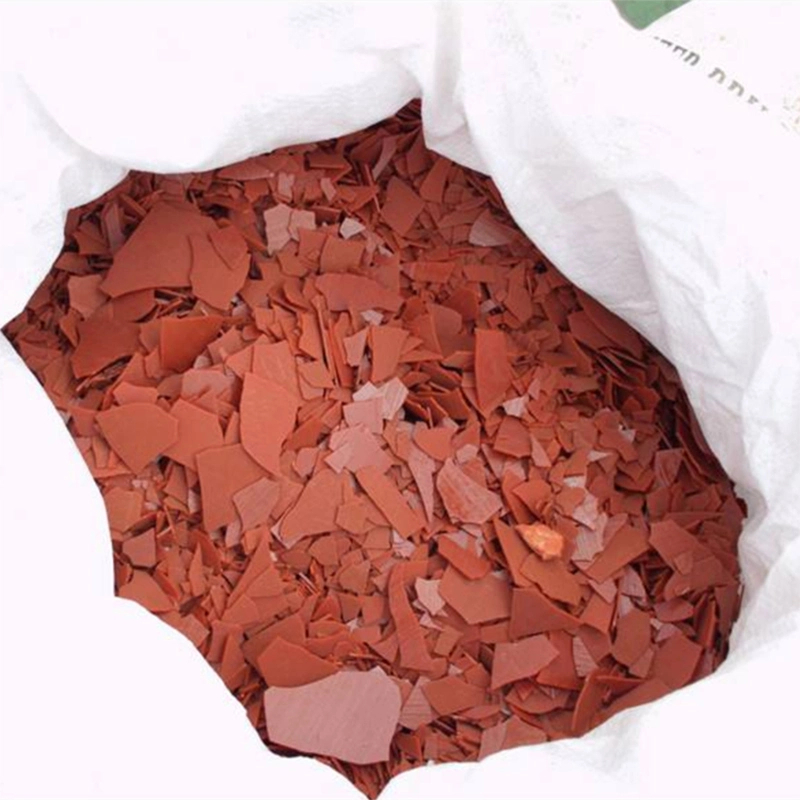



Current Trends in Barium Carbonate Prices and Market Impact Analysis
Understanding the Price Trends of Barium Carbonate
Barium carbonate is a chemical compound with the formula BaCO₃, widely used in various industries, including ceramics, glass manufacturing, and as a raw material in the production of barium oxide and other barium salts. The pricing dynamics of barium carbonate can be influenced by multiple factors, ranging from raw material costs to demand fluctuations in various industrial applications. In this article, we will delve into the factors impacting the price of barium carbonate, recent trends, and forecasts for future pricing.
Factors Influencing Barium Carbonate Prices
1. Raw Material Costs The primary raw materials for producing barium carbonate include barium sulfide and carbon dioxide. Fluctuations in the prices of these inputs, affected by supply chain issues or environmental regulations, can significantly impact the overall cost of barium carbonate.
2. Manufacturing Costs The production process for barium carbonate requires energy and resources. Changes in energy costs, labor expenses, and advancements in technology can lead to variations in manufacturability and prices.
3. Market Demand The demand for barium carbonate is heavily tied to its applications. Industries such as ceramics (for producing glazes and colorants), glass (for making glassware), and electronics (for insulating materials) dictate the demand fluctuations. Economic growth and sector performance can lead to increased demand and, consequently, increased prices.
4. Regulatory Environment Strict environmental regulations that affect the mining and processing of barium compounds might lead to increased operational costs for producers. Compliance with safety and environmental standards can thus impose an additional financial burden, impacting the price.
5. Trade Policies and Tariffs International trade policies can influence the availability and cost of barium carbonate. Tariffs on imports and exports can lead to higher prices as manufacturers navigate these economic landscapes.
Recent Price Trends
barium carbonate price

In recent years, the price of barium carbonate has seen fluctuations largely driven by the factors mentioned above. Global supply chain disruptions due to events such as the COVID-19 pandemic led to initial price spikes as manufacturing slowed and demand surged during post-pandemic recovery. Industry players adapted to these fluctuations by recalibrating their supply chain strategies, exploring alternative suppliers, and in some cases, increasing prices to accommodate higher production costs.
For instance, in 2021 and 2022, prices rose sharply due to the combined effect of heightened demand from the ceramics industry, coupled with rising shipping and logistics costs. Manufacturers reported challenges in sourcing raw materials, which further strained their operations and necessitated price increases to maintain margins.
Conversely, as economies stabilized and supply chains gradually returned to normal, companies began to see a softening in prices by 2023. With increased competition and better logistics, there’s a push to maintain affordability for end users, which could lead to decreasing prices in the near term.
Future Price Forecasts
Looking ahead, several factors will likely influence the future price of barium carbonate. Market analysts anticipate a moderate demand growth driven by the expanding electronics and renewable energy sectors, particularly in the context of battery technologies where barium compounds may be utilized. Consequently, as these industries grow, we could see upward pressure on prices.
On the other hand, sustainability initiatives and the push for environmentally friendly production methods could lead to increased costs initially but might stabilize prices in the long run as industries adapt. The emergence of new technologies and alternative materials could also play a crucial role, as research continues into substitutes for traditional barium compounds.
Conclusion
The price of barium carbonate is shaped by a complex interplay of various factors, including raw material costs, manufacturing expenses, and market demand. While recent trends suggest a fluctuation in prices due to external pressures, analysts remain cautiously optimistic about the market’s direction moving forward. Stakeholders in the industry must remain vigilant and flexible to navigate the continual changes in pricing dynamics effectively. Understanding these trends will be essential for businesses looking to optimize their supply chains and maintain competitive pricing in the markets they serve.
-
Why Sodium Persulfate Is Everywhere NowNewsJul.07,2025
-
Why Polyacrylamide Is in High DemandNewsJul.07,2025
-
Understanding Paint Chemicals and Their ApplicationsNewsJul.07,2025
-
Smart Use Of Mining ChemicalsNewsJul.07,2025
-
Practical Uses of Potassium MonopersulfateNewsJul.07,2025
-
Agrochemicals In Real FarmingNewsJul.07,2025
-
Sodium Chlorite Hot UsesNewsJul.01,2025










